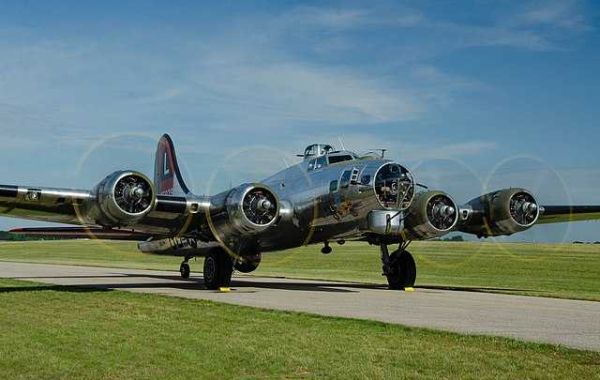Explore the history of the Boeing B-17 Bomber, also known as the Flying Fortress, with PlaneHistoria. Learn about its development, missions, and impact on World War II.
One of the most heavily armed B17 Bomber aircraft produced, the Boeing B-17 was used extensively by the US Army Air Force during the Second World War and became an iconic symbol of the Allies success in the war.
First developed by the Boeing company in 1935, it would serve with Allied forces up until the end of the conflict. The B-17 was responsible for one of the greatest amount of bombs of any aircraft dropped in the war and also paved the way for technological advancement with aircraft air defences.
Development
The origins of the B-17 began in 1934 when the former United States Army Air Corps (USAAC) sent out a proposal for a new B17 Bomber aircraft that could carry a substantial payload at an altitude of 10,000 ft and be flown at a speed of at least 200 miles per hour.
At the Boeing plant in Seattle, the design process for the new bomber was spearheaded by designers E. Gifford Emory and Edward Curtis Wells.
The initial prototype was named Model 299 and was intended to feature five defensive machine gun turrets and carry a payload of up to 4,800 lb bombs in a bay located behind the cockpit.
The machine gun turret mounted in the nose was considered innovative by allowing the gunner to fire at all forward-facing angles.
Testing
The Model 299 completed its first flight in July 1935. It was a local reporter for The Seattle Times who first described the prototype as looking like a Flying Fortress when describing the number of machine turrets fitted to the plane. Boeing realized the marketing potential of the name and it remained.
In August 1935, the Flying Fortress made a second test flight from Seattle to Wright Field in nine hours and saw an average cruising speed of 252 miles per hour, a faster average speed than the competition designs proposed by Douglas and Martin. Major General Frank Maxwell Andrews of the USAAC approved Boeing’s design based on its performance
In October 1935, Boeing wanted to test the climb rate of the prototype, however, it crashed shortly after takeoff, killing its crew and disqualifying it from the competition.
Although the B-17 was deemed safe to fly, the USAAC held reservations about the cost of the aircraft units but agreed to order thirteen units of the new B17 Bomber in 1936.
Click here to know more about Flying Fortress.








